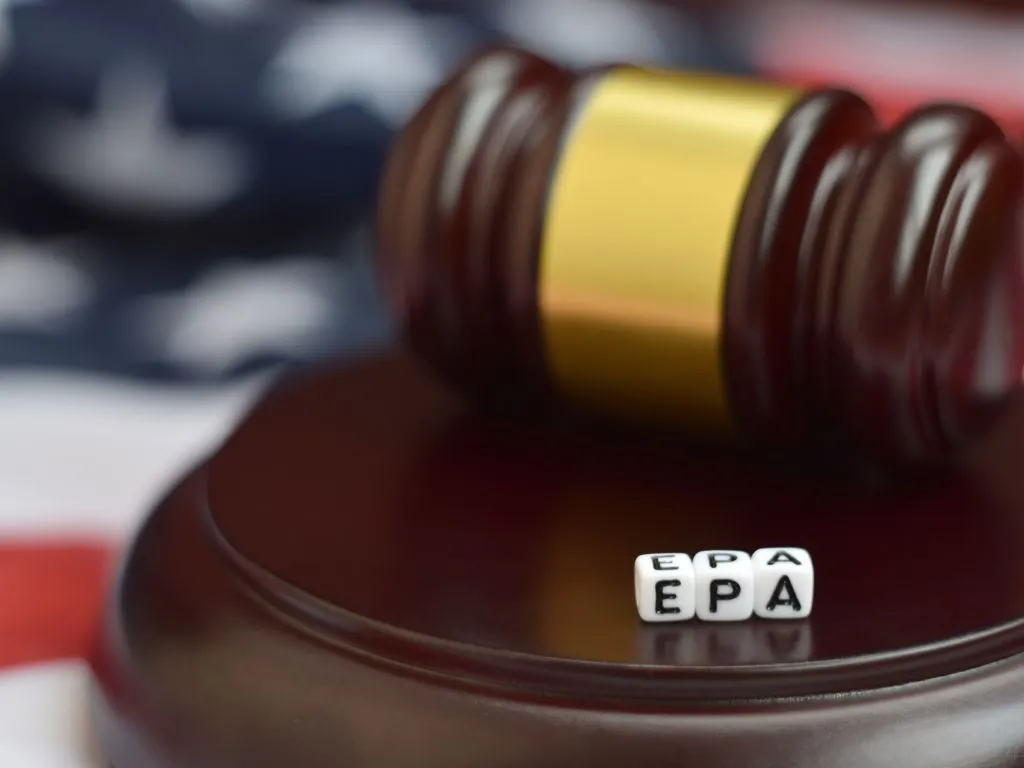News Details

EPA Proposes Exemption of HCFO-1224ydZ from Volatile Organic Compounds Classification
The U.S. Environmental Protection Agency (EPA) has announced a proposal to revise the regulatory definition of volatile organic compounds (VOCs) under the Clean Air Act (CAA). The proposed change would add (Z)-1-chloro-2,3,3,3-tetrafluoropropene, commonly referred to as HCFO-1224yd(Z) (CAS No. 111512-60-8), to the list of compounds excluded from the VOC classification. This decision is based on findings that the compound has a negligible impact on the formation of tropospheric ozone (O3), a key component of smog, and that it is unlikely to pose a risk to human health or the environment from its acceptable end uses.
Background on VOCs and Ozone Formation
Tropospheric ozone (O3), or smog, forms when VOCs and nitrogen oxides (NOx) react in sunlight. VOC emissions are regulated by EPA and state governments because they contribute significantly to the formation of ground-level ozone and cause severe respiratory problems. However, not all VOCs contribute equally to O3 formation because their reactivity varies. To prioritize efforts on compounds with significant impacts, EPA has excluded low-reactivity VOCs from its regulatory definition since 1971. This approach ensures targeted controls on substances that most influence ozone pollution.
Compounds can be excluded from the VOC list if scientific data and public petitions show that they have minimal impact on ozone formation. Since 1977, EPA has removed 63 compounds or classes from the list.
On July 29, 2020, AGC Chemicals Americas, Inc. submitted a petition to EPA requesting the exemption of HCFO-1224yd(Z) from the regulatory definition of VOCs. The petition argued that HCFO-1224yd(Z) exhibits low photochemical reactivity compared to ethane, meeting a key criterion for delisting under the VOC program.
Why HCFO-1224yd(Z) Meets Exemption Criteria
HCFO-1224yd(Z) is used in refrigeration systems, including turbo-type refrigerators, binary generators, and heat recovery heat pumps. As a refrigerant, it is not continuously emitted into the atmosphere in significant quantities. Refrigerators are initially charged with HCFO-1224yd(Z) and serviced with minimal loss of refrigerant to the atmosphere.
HCFO-1224yd(Z) exhibits a low maximum incremental reactivity (MIR) of 0.052±0.011 grams of ozone per gram of emissions, which is significantly lower than the MIR of ethane of 0.28. With a global warming potential (GWP) of just 0.88 over 100 years and a short atmospheric lifetime of about 20 days, it is far less harmful than other existing alternatives, which can have GWPs as high as 14,800. Its ozone depletion potential is close to zero (0.00023), and toxicity data suggest it is less harmful than other chemicals used for similar applications.
After a thorough review of the available scientific data, EPA has proposed excluding this compound from the list of VOCs, mainly due to its low photochemical reactivity.
Effects of the Proposal
This proposal would permit, but not mandate, states to remove regulatory controls on HCFO-1224yd(Z) from State Implementation Plans (SIP) aimed at meeting ground-level ozone standards.
EPA also aims to incentivize the use of negligibly reactive compounds by exempting them from VOC regulations. These compounds, which are considered less harmful, are listed in EPA’s regulations and excluded from the regulatory definition of VOC under 40 CFR 51.100(s).
We acknowledge that the above information has been compiled from Environmental Protection Agency (US EPA).

 Twitter
Twitter
